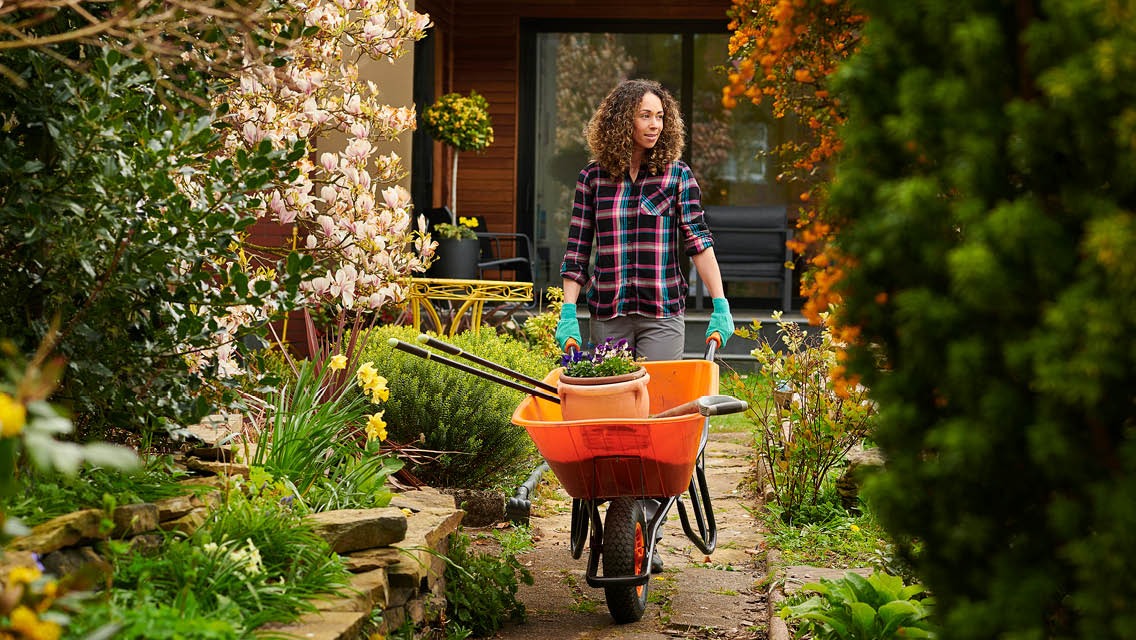
Tips for Avoiding Seasonal Affective Disorder (SAD)
Seasonal Affective Disorder (SAD) is a type of depression that often occurs during the fall and winter months due to reduced sunlight exposure. By incorporating light therapy, regular exercise, a balanced diet, and stress management techniques, individuals can reduce SAD symptoms and enhance overall well-being. Consistent routines and maintaining social connections are also vital to combating this seasonal condition.
💪 Fitness Guru
14 min read · 19, Jan 2025

Understanding Seasonal Affective Disorder (SAD)
Seasonal Affective Disorder (SAD) is a form of depression linked to the changing seasons, particularly during late autumn and winter when daylight hours are shorter. Symptoms include low energy, feelings of hopelessness, excessive sleepiness, and changes in appetite. Understanding the causes and triggers of SAD is the first step toward managing its effects effectively.
Recognize the Symptoms
- Low Energy Levels: Fatigue and a lack of motivation.
- Mood Changes: Persistent feelings of sadness, irritability, or hopelessness.
- Sleep Issues: Oversleeping or difficulty waking up in the morning.
- Increased Appetite: Cravings for carbohydrates and resulting weight gain.
- Withdrawal: Avoiding social interactions or feeling isolated.
Recognizing these symptoms early can help you take proactive steps to manage SAD.
Causes of SAD
- Reduced Sunlight: Limited exposure to sunlight affects serotonin levels, which can impact mood.
- Biological Clock Disruption: Shorter days can disrupt your body’s internal clock, leading to feelings of disorientation and sadness.
- Melatonin Imbalance: Changes in light exposure can alter melatonin production, impacting sleep and mood.
Effective Tips to Avoid SAD
1. Embrace Light Therapy
Bright light therapy is one of the most effective treatments for SAD. Spending 20 to 30 minutes each morning near a lightbox that mimics natural sunlight can significantly improve mood and energy levels. Place the lightbox where you’ll naturally spend time, such as by your breakfast table or desk.
2. Prioritize Natural Sunlight
- Open curtains and blinds to let in natural light.
- Sit near windows during the day.
- Take short walks outdoors, even on cloudy days, to soak up daylight.
3. Maintain a Regular Exercise Routine
Physical activity helps release endorphins, which naturally elevate your mood. Aim for at least 30 minutes of moderate exercise five days a week. Activities such as walking, jogging, yoga, or even dancing can make a significant difference.
4. Follow a Balanced Diet
- Include Omega-3 Fatty Acids: Found in fish, flaxseeds, and walnuts, omega-3s help improve brain function and mood.
- Avoid Sugary Foods: Limit processed foods and high-sugar snacks, as they can cause energy crashes.
- Incorporate Complex Carbs: Whole grains, legumes, and vegetables can stabilize your energy levels.
5. Establish a Consistent Sleep Schedule
Sleep is critical for mental well-being. Go to bed and wake up at the same time daily, even on weekends. Avoid caffeine or heavy meals before bedtime to promote better rest.
6. Stay Connected Socially
Isolation can worsen SAD symptoms. Make an effort to stay in touch with family and friends. Join community activities or support groups where you can interact and share experiences with others.
7. Practice Stress Management
High stress levels can exacerbate SAD symptoms. Incorporate relaxation techniques such as:
- Meditation: Helps center your thoughts and reduce anxiety.
- Deep Breathing: Soothes the nervous system.
- Journaling: Expressing your feelings in writing can be therapeutic.
8. Limit Screen Time
Excessive screen time can interfere with your sleep and mood. Set boundaries for using electronic devices, especially in the evening.
9. Explore Professional Support
If symptoms persist despite your efforts, consider seeking professional help. Therapy options include:
- Cognitive Behavioral Therapy (CBT): Focuses on identifying and changing negative thought patterns.
- Medication: Antidepressants may be prescribed in severe cases.
10. Take Vitamin D Supplements
Low levels of vitamin D are often linked to SAD. Consult your doctor about incorporating a daily vitamin D supplement, especially if you live in areas with limited winter sunlight.
11. Create a Cozy, Positive Environment
Transform your home into a welcoming space:
- Use warm lighting and candles.
- Add cheerful colors and plants to your surroundings.
- Play uplifting music to lift your spirits.
12. Stay Active Mentally
Engage in activities that keep your mind stimulated, such as reading, puzzles, or learning new skills. A busy mind is less likely to dwell on negative thoughts.
13. Practice Gratitude
Adopting a gratitude practice can shift your focus to positive aspects of your life. Write down three things you’re thankful for daily.
Conclusion
Seasonal Affective Disorder is a common yet manageable condition. By making small lifestyle changes, such as embracing natural light, staying active, and prioritizing self-care, you can significantly reduce its impact. Remember, proactive measures combined with professional support can lead to a brighter, healthier winter season.
Q&A Section
Q1: What are the first signs of SAD?
Ans: Early symptoms include fatigue, low mood, difficulty concentrating, changes in sleep and appetite, and a lack of interest in activities you once enjoyed.
Q2: How long does SAD typically last?
Ans: SAD symptoms generally last throughout the fall and winter months and improve with the arrival of spring and longer daylight hours.
Q3: Can SAD affect anyone?
Ans: Yes, although it’s more common in women, individuals living in regions with long winters and limited sunlight are at higher risk.
Q4: Is medication always necessary for treating SAD?
Ans: Not always. Many people manage SAD with lifestyle changes, light therapy, and exercise. However, severe cases may benefit from medication or therapy.
Q5: Can I prevent SAD altogether?
Ans: While you may not prevent SAD entirely, incorporating light exposure, exercise, and a healthy diet into your routine can significantly reduce the risk of developing symptoms.
Similar Articles
Find more relatable content in similar Articles

How to Build a Skincare Routine Based on Your Skin Type (Oil..
A personalized skincare routi.. Read More

The Skin-Food Connection: What to Eat for Acne-Free, Radiant..
What you eat directly shapes .. Read More

Anti-Aging on a Plate: Foods That Keep Your Skin Youthful an..
What you eat reflects on your.. Read More

How Gardening Counts as a Full-Body Workout...
“Discover how gardening goes b.. Read More
© 2024 Copyrights by rFitness. All Rights Reserved.